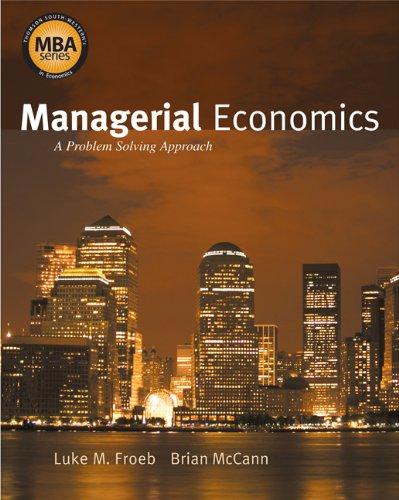Answered step by step
Verified Expert Solution
Question
1 Approved Answer
question is below 0.1. Consider a perfectly competitive industry with E identical rms, 1,: IMN. For each rm in the industry total cost is given
question is below

Step by Step Solution
There are 3 Steps involved in it
Step: 1

Get Instant Access to Expert-Tailored Solutions
See step-by-step solutions with expert insights and AI powered tools for academic success
Step: 2

Step: 3

Ace Your Homework with AI
Get the answers you need in no time with our AI-driven, step-by-step assistance
Get Started


